< Previous chapter
Next chapter >
Travelers are no longer satisfied with paradisiacal beaches, extreme experiences, and wild natural landscapes alone. They’re looking for something more.
Today’s travelers also want to connect with the destination. They want to discover local idiosyncrasies. And that’s why the neighborhoods, towns, and hamlets in each city or region have become so important. Getting to know local inhabitants and their way of life connects us to the territory in a more profound way.
Extended version
Teaser: Life before
Teaser: The mobiles
Teaser: Smells of always

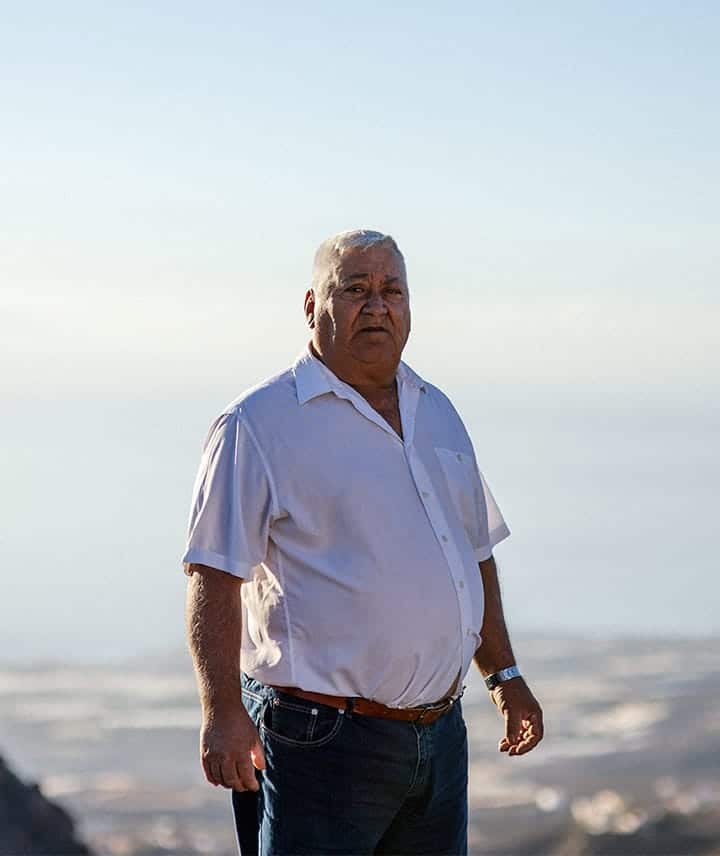
Isidro
Farmer
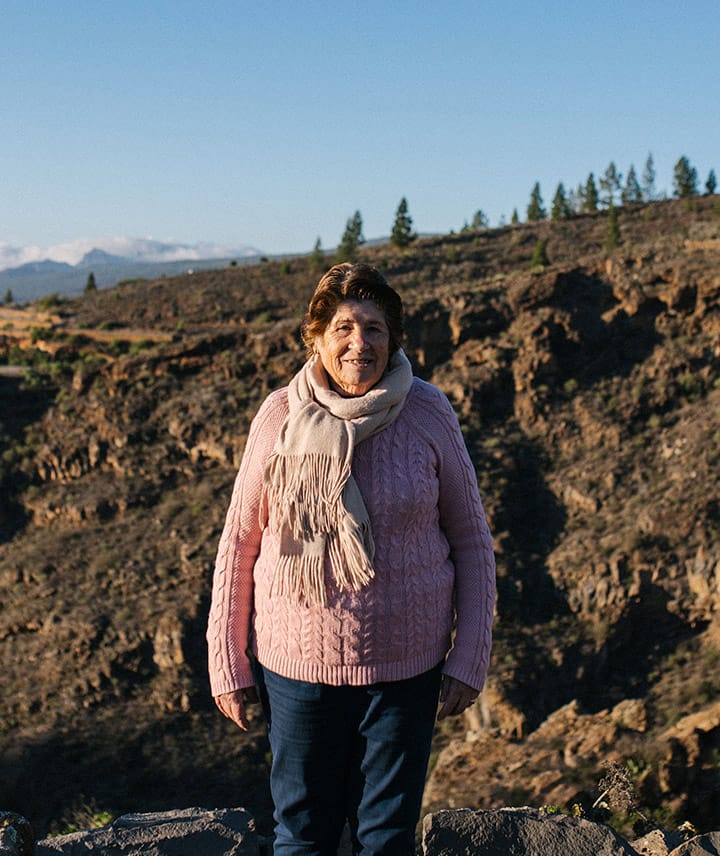
Mari Luz
Knitter
Chirche, Aripe, and Las Fuentes: Emotional Heritage
For years, we have associated traveling and going on vacation with the search for a different range of emotions than we usually experience in our places of origin. And this makes sense. Exploring areas that offer something your hometown doesn’t is a way to step out of your routine. This is necessary to renew the body and mind.
But it’s true that, since the recent advent of the age of technology, travelers are no longer satisfied with paradisiacal beaches, extreme experiences, and wild natural landscapes alone. They’re looking for something more. Today’s travelers also want to connect with their destination. They want to discover local idiosyncrasies. And that’s why the neighborhoods, towns, and hamlets of each city or region have become so important.
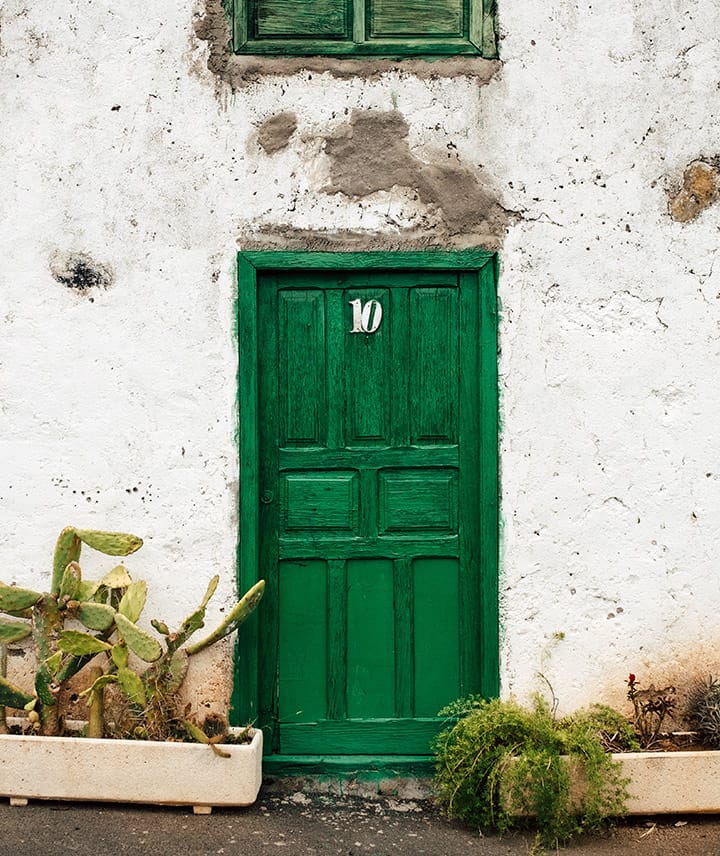
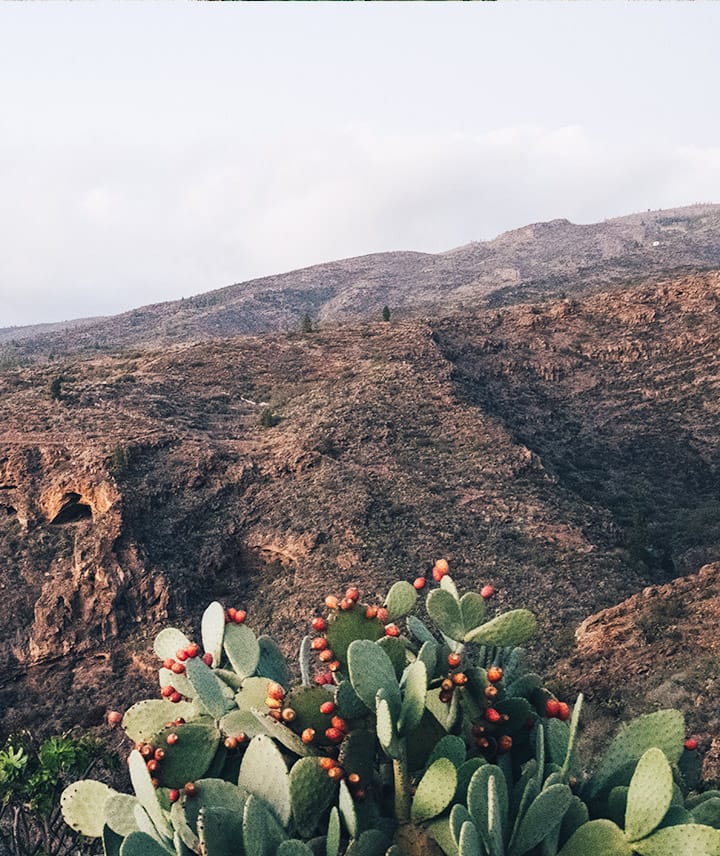
Getting to know the local inhabitants and their way of life connects us to the territory in a more profound way. Chirche, Aripe, and Las Fuentes, located within the confines of Guía de Isora, are a prime example of this.
All three places retain the essence of the immutable. Their value resides in the people who have built and lovingly cultivated every corner of the town. And traditions are defended as a symbol and a source of pride. Every façade, every door, every threshing floor, and every bakery in town have a story to tell. This Heritage is what today’s travelers are looking for.
Chirche and Aripe
First cousins. Although they are distinct hamlets, the two go hand in hand. Located in the midlands (at an altitude 750 meters above sea level), Chirche and Aripe are part of the Canary Islands’ historic heritage. The famous “Aripe rock carvings” are the first known works published in Tenerife.
There are a great many threshing floors here, which gives us an idea of the importance of cereal production. The hamlets also have community wine presses and brick ovens. The abundance of the latter may also be thanks to the vast quantities of raw material in the area. It’s a key producer of tile and bricks for other areas in the south of Tenerife. The traditional architecture of the islands prevails in these hamlets. In fact, certain areas have been officially recognized as Sites of Cultural Interest. When you get out of the car, you’ll realize that the town has a lot to offer not only on the coast but also in the midlands. The same trade winds blow through these two completely different worlds.
But there one date on the calendar is marked by fire both in the town and in Chirche. The event is a tribute to rural life on the Canary Islands during the first half of the 20th century. It’s an excellent way to learn more about the culture of Guía de Isora. During “The Day of Traditions” (celebrated the second weekend in July), villagers recreate household chores, customs, and farm work. It’s a celebration for old and young alike.
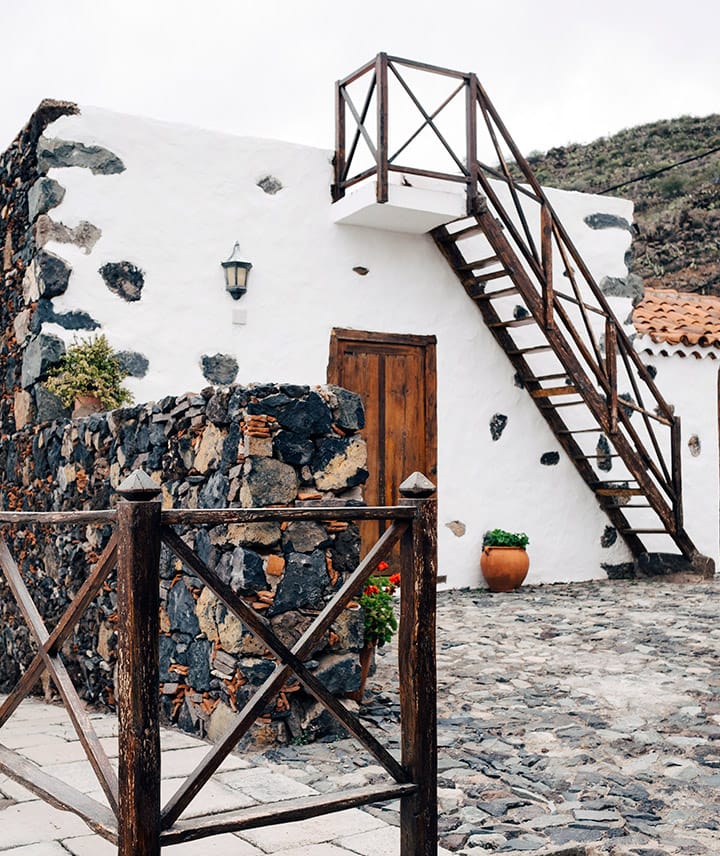
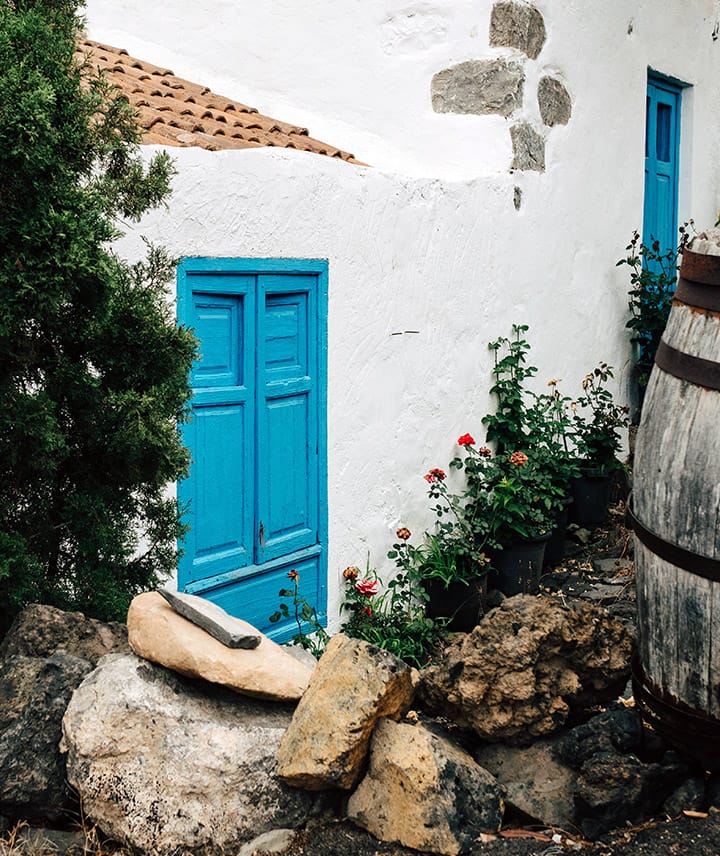
Las Fuentes
Although the name may evoke a place with turquoise waters and waterfalls, this is a bit misleading. What’s exotic about this place is its agricultural landscape. The semi-abandoned hamlet still preserves all the elements of the traditional peasant life of times past. In fact, many of the island’s local inhabitants have never visited Las Fuentes.
Thanks to its privileged location, the hamlet offers panoramic views of just about the entire municipality. In fact, if you get the chance, visit it in the afternoon so you can enjoy the sunset. Standing in the middle of a threshing floor with a ravine under your feet and surrounded by the rugged terrain while contemplating the sea with La Gomera in the background, you’ll realize that the turquoise waters can wait.
Number seven, Don Isidro’s house, and the delicious doughnuts at Dulcería Isora, in the little shop in the red and white building. This is where we find the human side of the destination.
We are increasingly less obsessed with traveling to picture-perfect places that look like an advertisement. Mainly because time has taught us that the only postcards that matter are the emotions we experience. Feeling part of a remote location entirely unlike the world we come from is a unique experience. It’s probably what you were looking for when you decided to step out of your routine and unwind.
- There are no upcoming events.
- There are no upcoming events.
